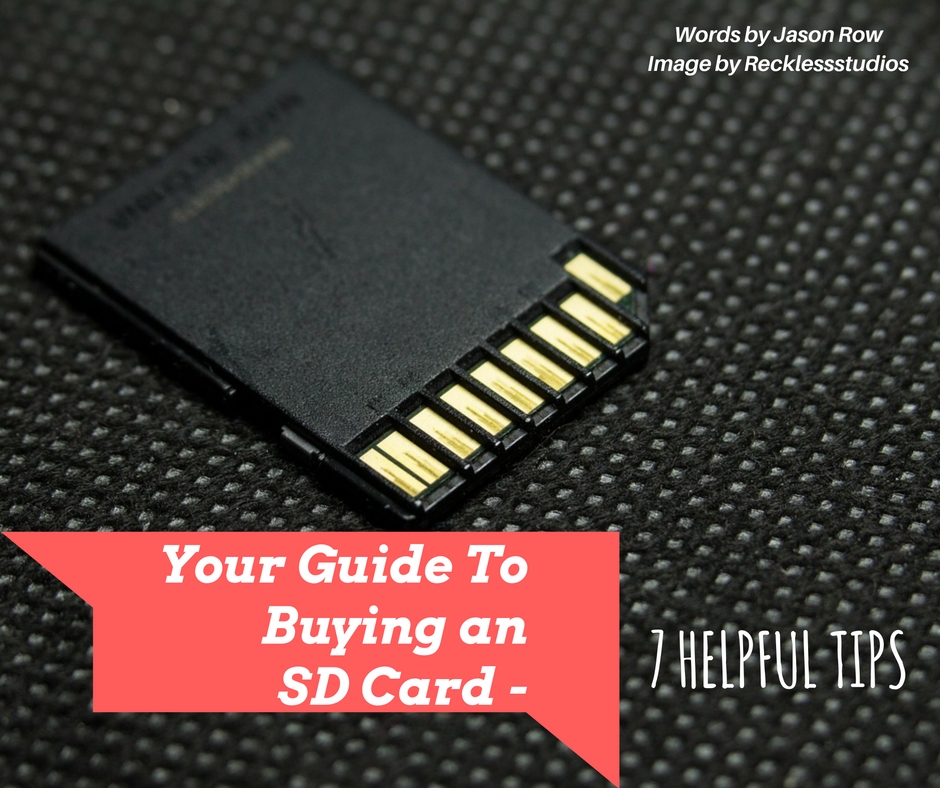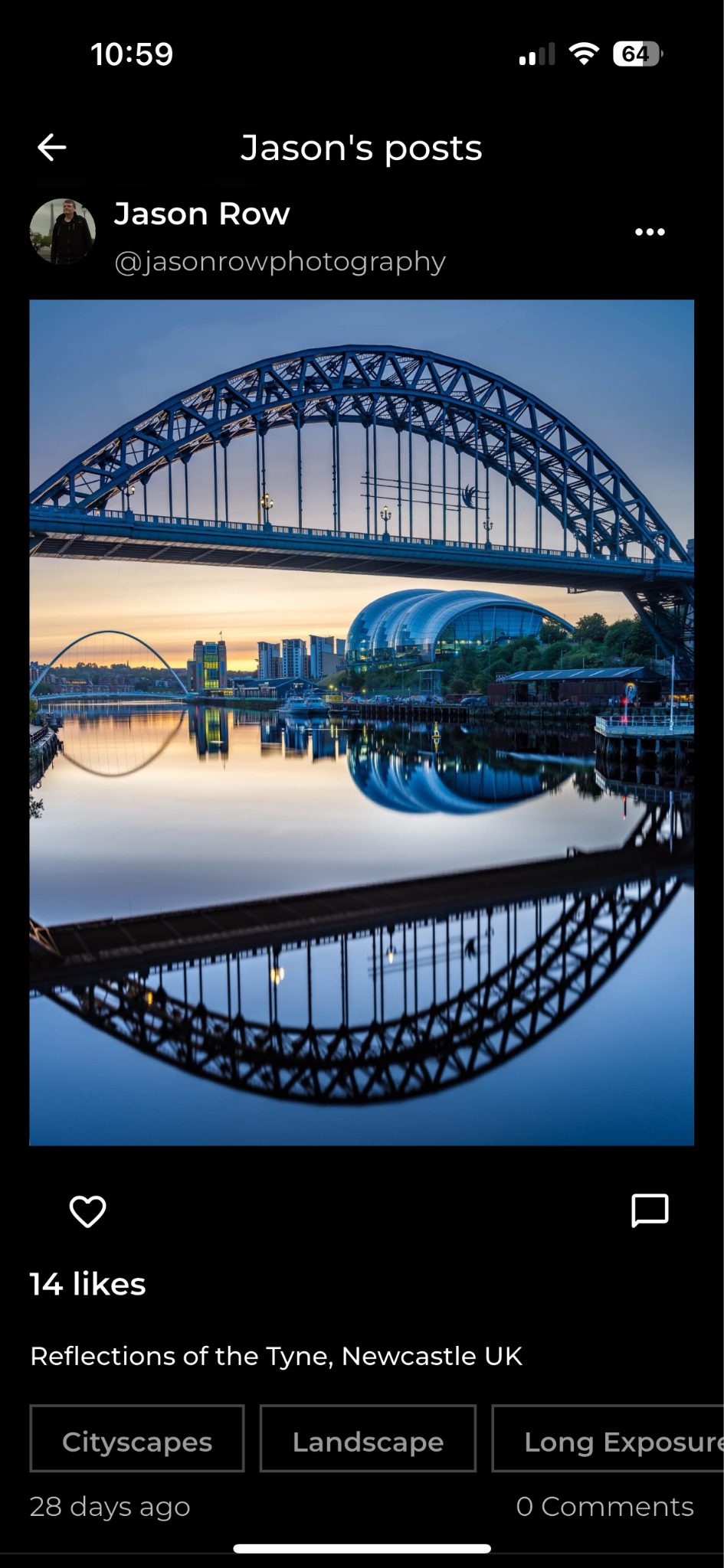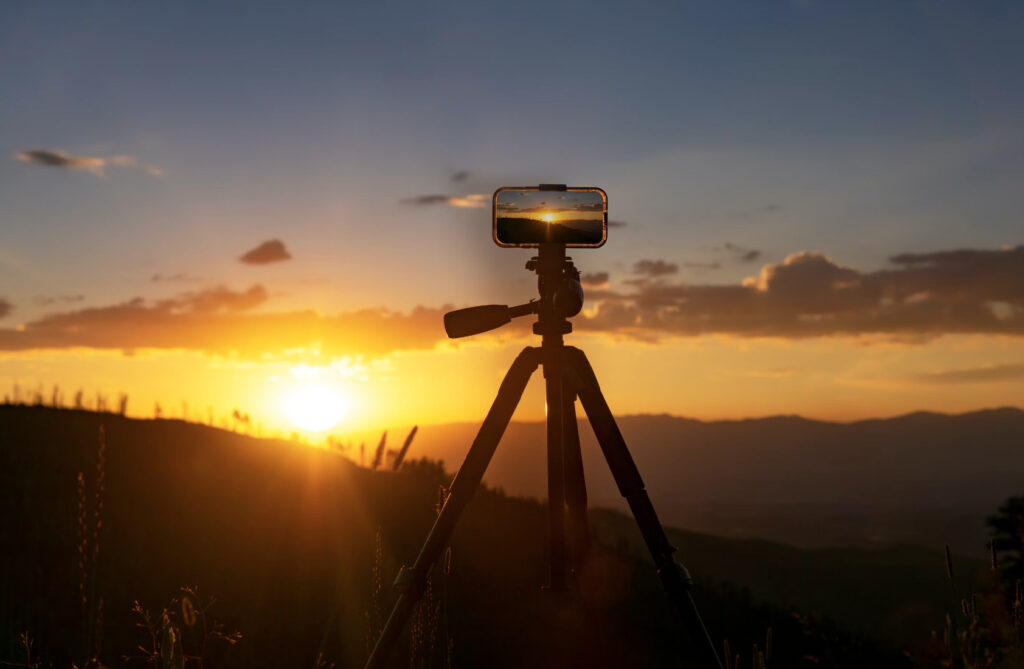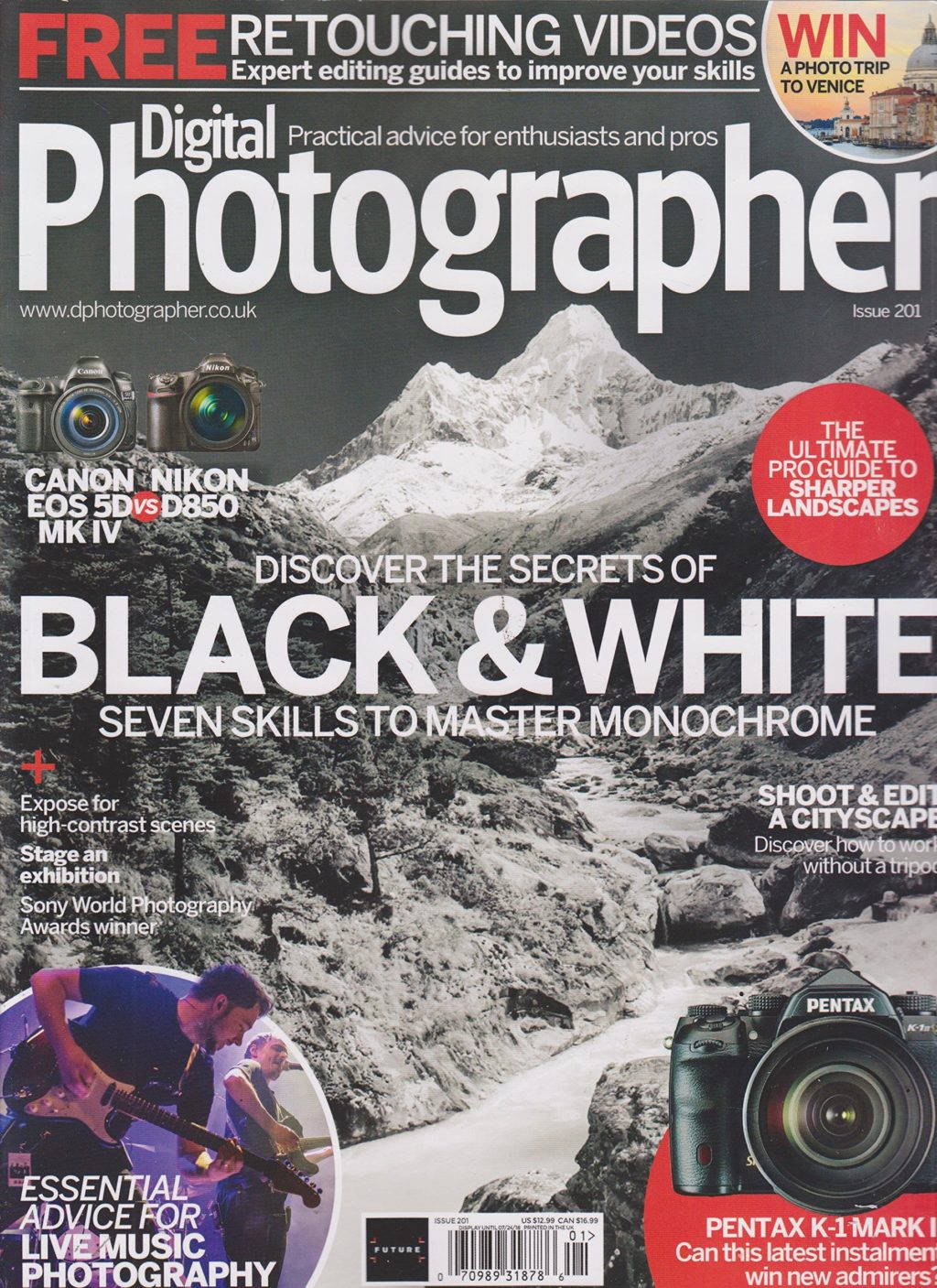
Buying An SD Card
They're just SD cards, right? How hard can it be to buy one?
As with many things in photography, the reality is not always as simple as it could be. Whilst buying an SD card is not like purchasing a new camera or lens, you should still put in some time to research what is the most suitable card for you.
To help you with your purchase we have put together 7 key things to consider when buying an SD card.
1. Which Type Of SD Card?
There are in fact three different types of SD cards.
- The ones called simply SD, SDHC or SDXC are the original full-size cards. These are commonly found on mainstream DSLR and compact cameras.
- Next is the miniSD card. These are gradually becoming obsolete and not often found in photographic equipment.
- Lastly, we have the microSD. These are gaining in popularity and are very common not only in smartphones but also the new generation of small action cameras such as GoPros and Drone cameras. Make sure you know what type of SD card your device requires.
[url=https://flic.kr/p/66GzVk][img]https://c2.staticflickr.com/4/3565/3346284905_a0a301d08d_z.jpg[/img][/url]
Make sure you get the right type of SD card. By James Nash
Remember all types of digital photography requires a memory storage device and it's more important than ever during an event to have extra-reliable cards (i.e. of reputable quality). This online guide “Event Photography” by Steele Training will cover the secrets of successful event photography to get you started.
2. The Need For Speed. So, How Fast Then?
You may have noticed that any SD card that you own, comes with a series of figures emblazoned on its front. Some of these relate to how fast the card will read and write data. This is important information because a slow card could cause issues.
Typically, SD as well as miniSD and microSD cards, are given a Class Rating. Slower cards have lower Class numbers, faster cards, higher Class numbers.
The Class number relates to the minimum transfer speed. A Class 6 card will transfer data at a minimum of 6 MB/s and so on. The highest Class is 10. There is also a new rating above 10, UHS-I.
The speed at which your card transfer is important. If you shoot RAW images in continuous shooting mode, your camera’s buffer will soon fill up.
This will cause the camera to lock up until it has space to continue shooting. The faster the card, the less likely you are to hit the buffer. SD card speeds are even more important when it comes to shooting video, particularly 4K video. Check your camera’s manual for recommended SD card speeds.
[url=https://flic.kr/p/kmEdG8][img]https://c8.staticflickr.com/8/7407/12704565463_f5b2707f8c_z.jpg[/img][/url]
If you shoot RAW in burst mode, make sure the card can keep up. By Rossana Ferreira
3. Different Manufacturers
Like all things photographic, there are reputable manufacturers and some fly by night companies. Whilst any card can fail, buying from a well known manufacturer will lessen that chance.
Companies like SanDisk and Lexar have been at the pinnacle or cards for photographers for a long time, but there are other good companies such as Kingston, Toshiba and Transcend that produce equally reliable cards often for lower prices.
4. Real vs. Fake SD Cards
Buying an SD card can present problems of an unexpected nature: Fake cards. They are a real issue and it’s quite easy to get fooled. In fact, fakes became such an issue on eBay that they created a guide to spotting them.
Saving money by buying a fake is always a bad thing. Not only does it affect the real company's ability to innovate, but it dramatically opens up the chances of you losing images.
Why save a few dollars on a card when you have spent thousands on a camera?
5. Let's Load This Up! – Capacity
The capacity of a card is very important. You might be shooting away on a great scene and suddenly the dreaded “memory card full” warning flashes up.
It’s even more important to have a good size card when shooting video. This can eat SD card space like it’s going out of fashion. As a rule of thumb when deciding on how big your card should be:
“Think of the largest amount you are likely to shoot in a day, then double it”.
[url=https://flic.kr/p/eFWfzL][img]https://c7.staticflickr.com/4/3726/8984566430_1be93d80e0_z.jpg[/img][/url]
If in doubt go for the bigger card. By Simon Yeo
6. Formatting Your New SD Card
Virtually all cards are formatted in the FAT32 system. When buying an SD card, don’t try to format it again on your computer, rather use your camera to format it. Your camera will create its own folder and file structure on the card and reduce the chances of card errors later on.
7. The Price Factor
As mentioned earlier, if you have spent thousands on great camera equipment, don’t scrimp on the SD cards. Those of you who herald from the photographic era would not even consider buying cheap film for your camera.
The same policy should apply in the digital era. Buy reputable brands from reputable stores. By all means, search for the best price online but make sure you are not buying a fake.
Remember all types of digital photography requires a memory storage device and it's more important than ever during an event to have extra-reliable cards (i.e. of reputable quality). This online guide “Event Photography” by Steele Training will cover the secrets of successful event photography to get you started.
Summary
The importance of buying SD cards is often overlooked because of the cost relative to our camera equipment. However, the cards are a vital part of the image-taking chain and if your SD card is the weak link, you stand the chance of losing important shots or clips.
Remember: Buy cheap, buy twice.
Further Resources
- How to Recover Deleted and Corrupted Photos from Your Memory Card by Jason Row
- Ideas on How to Archive And Back Up Your Photos Properly to Make Your Life Easier by Dzvonko Petrovski
- Wifi in Photography? Get on board! by Jason Row




